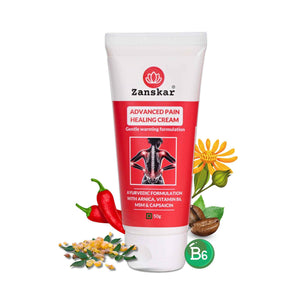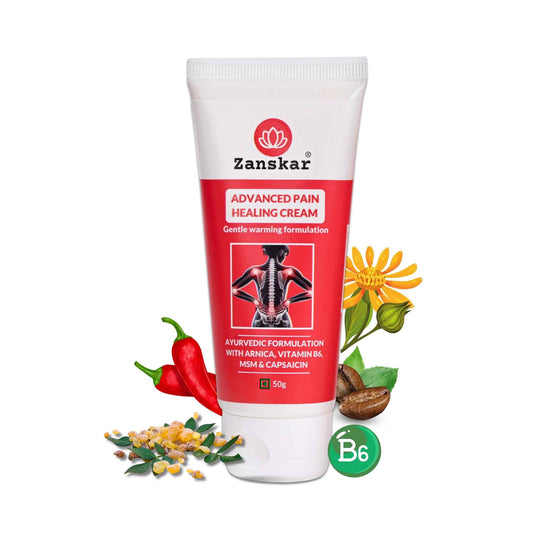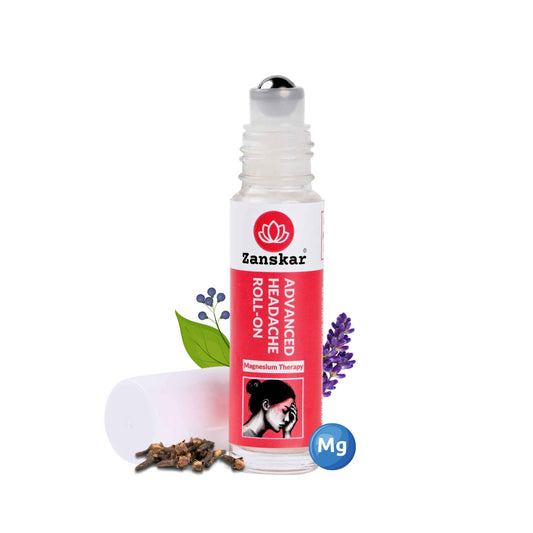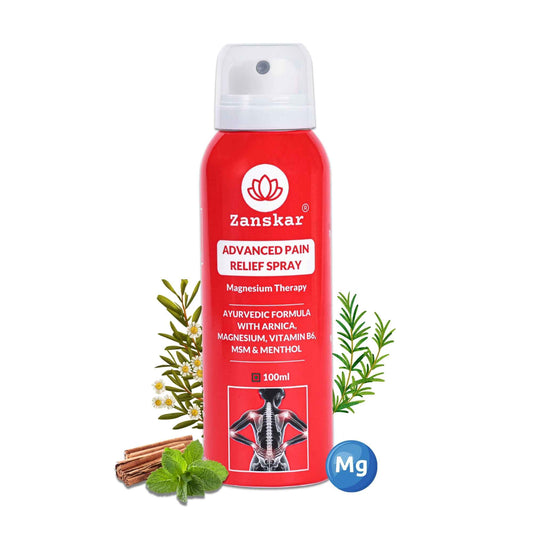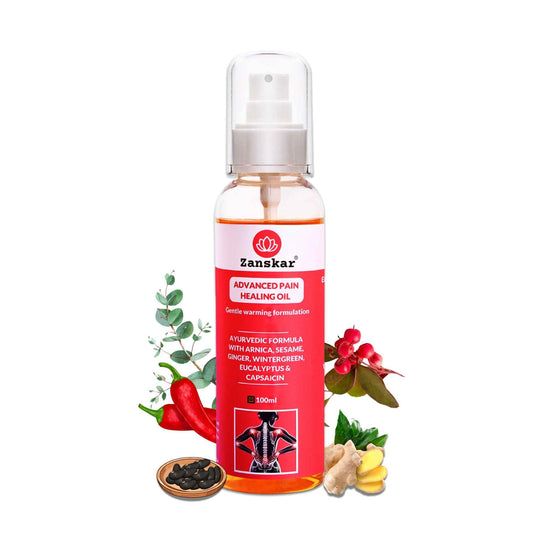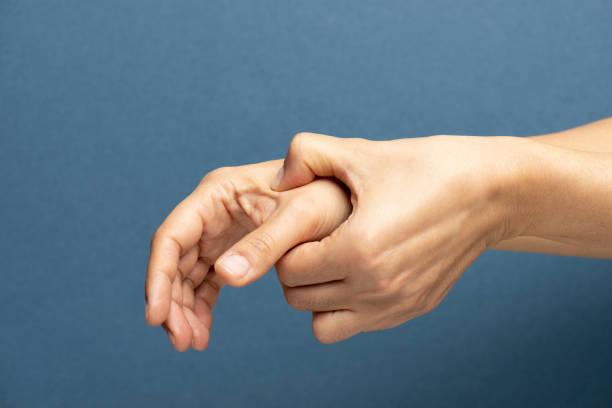
What Is Thumb Arthritis? Signs You Have It and How to Treat It
We don’t need to tell you how important your thumbs are. You already know that. You use them every day to write your name, pick up a cup, text a friend, button your shirt, and tie your shoelaces. But what you may not realize is that your thumb can get sore and stiff just like any other joint in your body.
“Thumb arthritis is one of the most common types of arthritis I see in my patients,” says Dr Rashi Goel, PT, DPT, a physical therapist at Zanskar Health. It can make it harder to grasp or pinch things, and otherwise use your thumb. But thankfully, you can help manage symptoms by stretching and strengthening your thumb muscles, reassures Dr. Goel.
Read on to learn more about what causes thumb arthritis and how to treat it.
What Is Thumb Arthritis?
Thumb arthritis occurs at the basal joint located at the base of the thumb as a result of changes in the thumb joint’s cartilage. “This joint is near your wrist and the fleshy part of your thumb,” explains Dr. Goel. “It allows your thumb to move in all directions, so you can grip things in your hands.”
Arthritis in your hands, including your thumbs, is common with age. Research shows that about two-thirds of women and half of men develop hand arthritis after 55. And about a third of the time, hand arthritis affects the thumb.
Symptoms of Thumb Arthritis
The first sign of thumb arthritis is usually pain in the joint, or discomfort at the base of your thumb when you use it, notes Dr. Goel. You’ll notice it especially when you do an activity where you need to grip or pinch something, like opening a door or holding a cup of coffee. Other thumb arthritis symptoms include:
- Loss of thumb strength. It may seem harder to do daily activities that involve gripping or pinching, like buttoning a shirt. “One of the first signs is usually needing help to open a jar or unscrew a water bottle,” says Dr. Goel.
- Swelling and tenderness at the thumb joint.
- The thumb feels achy and uncomfortable after you use it a lot.
- A bump over the joint at the base of your thumb.
- Your thumb feels stiff and is harder to move.
Thumb Arthritis: A Zanskar Health Perspective
Your first instinct if you develop thumb arthritis may be to avoid moving the joint as much. After all, it hurts and you don’t want to worsen the pain, right? Wrong. The best thing you can do to manage symptoms of thumb arthritis is to keep your thumb active and moving.
“Motion is lotion for your thumb,” says Dr. Goel. “People worry that if they move it, and it’s a little uncomfortable, that they’ll do more damage. But it’s important to allow your thumbs to build resilience and strength and maintain flexibility — all of which will keep your thumb and hands functioning better.”
What Causes Thumb Arthritis?
Arthritis can be due to many factors. No matter what’s contributing to your thumb pain, there’s a lot you can do to regain function and mobility and reduce discomfort. Some common issues that contribute to thumb arthritis include:
Osteoarthritis. Thumb osteoarthritis occurs because of changes to the protective cartilage that cushions the ends of the thumb bones at the basal joint, located at the base of your thumb. While cartilage changes are common with age, this can sometimes cause symptoms like pain or stiffness. It’s more common in people over 40 and women.
Past thumb injury. A past thumb fracture or sprain makes it more likely that you’ll go on to develop thumb osteoarthritis later in life.
Inflammatory arthritis. Certain conditions related to an over-active immune system, such as rheumatoid arthritis, psoriatic arthritis, and lupus, can change the normal structure and function of cartilage in your joints, including your thumb joints.
Treatment for Thumb Arthritis
Most of the time, thumb arthritis can be managed with conservative care, says Dr. Goel. There’s no cure for thumb arthritis, but it’s very treatable. There’s a lot you can do to help manage pain and stiffness and continue to do all the things you enjoy.
The following tips from our Zanskar Health physical therapists and medical doctors can provide relief for thumb arthritis:
Physical therapy. A physical therapist (PT) can show you specific strengthening and stretching exercises for your thumb. One review of studies looking at people who did hand exercises for hand osteoarthritis (mainly thumb osteoarthritis) found that the exercises helped improve pain. You can see a physical therapist via video session or use an AI-guided physiotherapy program on Zanskar app.
Over-the-counter medication. Zanskar offers an Advanced Ayurvedic Pain Healing Cream that works well on small joints that are close to the skin, like the thumb joint. You may purchase it here.
Ice and heat. “Ice can help if you’re having a pain flare, with swelling, while heat can help to reduce tightness,” says Dr. Goel. You may want to try both, and focus on the one that makes you feel better.
Gentle hand movements. You’ll want to keep your hands and thumbs active, but you may need to modify activities for a period of time as you build strength. “If you love to garden, for instance, but find it causes an uptick in pain, do it for a shorter period of time — 30 minutes instead of three hours,” says Dr. Goel. A PT can also suggest different ways of holding things to give your thumbs a break. For example, carrying your grocery bags over your shoulder, rather than in your hands, can decrease strain from gripping.
Sleep. Research shows there’s a link between lack of sleep, or poor sleep, and joint pain. “If you aren’t getting deep, restorative rest, you may be more sensitive to thumb pain,” points out Dr. Goel.
PT Tip: Be Careful with Thumb Splints
Many doctors recommend splints for thumb arthritis in order to limit the thumb’s movement and allow it time to rest. But use splints sparingly, says Dr. Goel. “We don’t want you to rely on them too much, because you want to keep your thumb moving through its normal range of motion,” she says.
It’s okay to use a splint for an hour or two if you’re doing a task that would be very hard and uncomfortable to do otherwise. But remember to take it off afterward and exercise your thumb. Research shows that splints are most effective if they’re used along with daily hand exercises.
Learn More About Zanskar Health
If you have joint or muscle pain that makes it hard to move, Zanskar offers the most advanced full stack pain relief solutions for you.
Now available to purchase, Zanskar® Advanced Pain Healing Cream has a unique formulation of natural ingredients like Arnica, Vitamin B6, MSM and Capsaicin, which is trusted by over 20L+ pain sufferers globally. It provides lasting relief from muscle and joint discomfort that you can feel good about. Get your fix before stocks run out - buy now.
You can also gain access to therapeutic exercises and stretches for your condition by downloading the Zanskar Health physiotherapy mobile app. Additionally, you’ll have a personal care team to guide, support, and tailor our program to you, including behavioral and nutritional coaching.
Download our mobile app here 👉 download and track your exercise streak.
Medical Review: This article is written by Dr Nishtha Mittal (Senior Health Content Editor at Zanskar Health) and has been medically reviewed by Dr Rashi Goel (Senior Physiotherapist at Zanskar Health). This article and its contents are provided for educational and informational purposes only and do not constitute medical advice or professional services specific to you or your medical condition.

